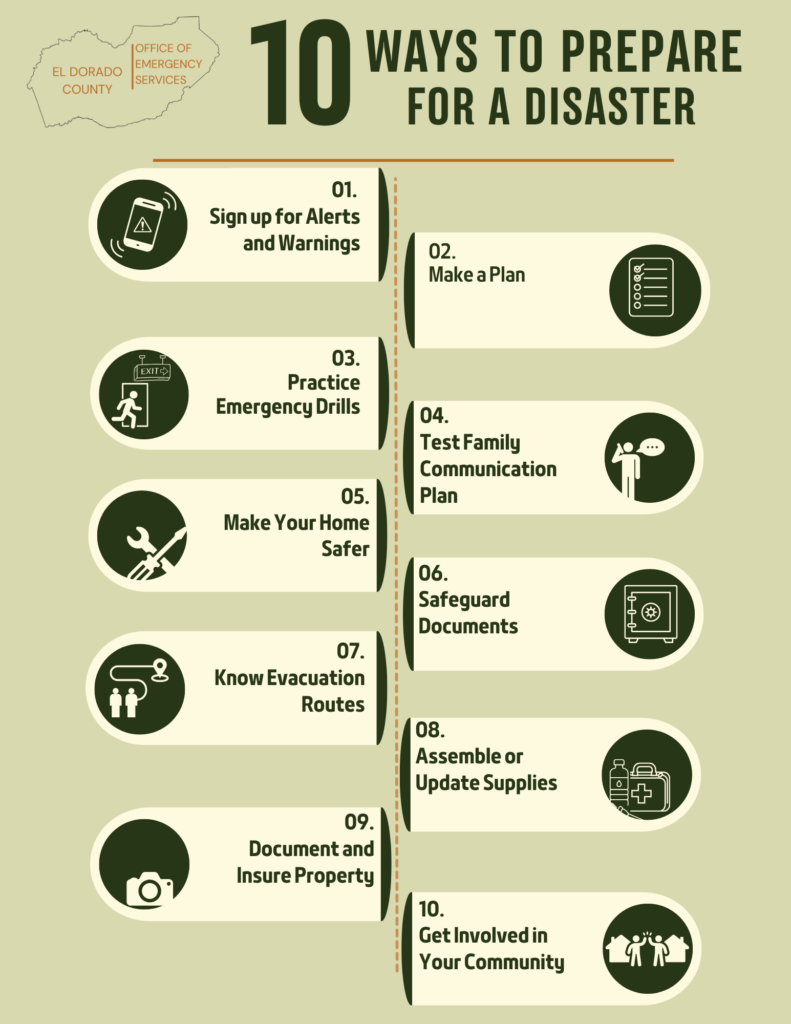Why Having a Plan is Critical
Emergencies can strike at any time, leaving little to no time to think or act. Having a family emergency plan ensures everyone knows what to do, where to go, and how to communicate in case you’re separated. By planning ahead, you reduce confusion and increase your family’s chances of staying safe. Follow these steps to create a plan that covers all possible situations.
Step 1: Know Your Evacuation Routes
In the event of an emergency, you may need to evacuate quickly. It’s important to know all possible exit routes from your home, neighborhood, and town.
- Identify Multiple Exits: Learn at least two ways to evacuate your home (front door, garage, windows, etc.).
- Practice Exit Drills: Practice how to exit your home safely with all family members.
- Know Local Evacuation Routes: Familiarize yourself with your area’s main evacuation routes. Keep a printed map in your emergency supply kit in case GPS is unavailable.
- Plan a Designated Meeting Spot: Choose a place outside your neighborhood where your family can reunite if separated.
Step 2: Plan for Shelter
Emergencies like wildfires or other disasters may force you to seek shelter in unfamiliar places. It’s crucial to identify where you can go ahead of time.
- Shelter Options: Identify local shelters or relatives’ homes where your family can go if you need to evacuate. [Click Here]
- Stay in Place (Shelter-in-Place): Learn how to stay safe at home during emergencies like extreme weather, or if told to shelter in place by authorities. Have the materials ready (plastic sheeting, duct tape, and dust masks) for creating an emergency shelter within your home.
- Pet-Friendly Shelters: Find shelters that accept pets or have a plan for where your pets will stay in case shelters do not allow animals. [Local Shelter]
Step 3: Create a Family Communication Plan
Emergencies can easily separate family members. It’s vital to have a communication plan in place.
- Establish Primary and Backup Contacts: Designate an out-of-town relative or friend as the central contact for your family. Texts may work when phone lines are down.
- Make a Contact List: Ensure each family member has a list of key contacts, including emergency services, out-of-town contacts, and neighbors.
- Teach Kids How to Communicate: Make sure children know how to send a text, make a phone call, and use emergency contact from the communication plan.
- Emergency Phone Numbers: Post a list of emergency phone numbers on your fridge or somewhere visible at home. This list should also be included in your emergency supply kit.
Step 4: Consider Specific Needs in your Household
Consider the unique needs of each family member during an emergency.
- Children: Pack games, comfort items, and easy-to-carry items in case of evacuation.
- Elderly or Disabled Family Members: Plan for mobility challenges and extra medications. Make sure wheelchairs, canes, or other equipment are easily accessible.
- Pets: Include pet food, extra water, and any medications in your emergency supply kit. Consider a carrier or leash for quick evacuation. [More Info]
Step 5: Practice Your Plan
It’s important to practice your family’s emergency plan so that everyone knows what to do when a real emergency happens.
- Run Through Scenarios: Walk through what each person should do in various emergencies (fire, flood, earthquake, etc.).
- Regularly Update and Review: Review your plan every six months, especially as children grow older or family dynamics change.
- Test Your Plan: Hold family drills to practice evacuating the house and communicating using your emergency plan.
Document Your Plan
Ensure your plan is written down, easily accessible, and shared with all family members. You can download and print this Family Emergency Plan Template, fill it in, and place it in a central location in your home. [Click Here]
By following these steps, you can ensure your family is prepared, stays connected, and can respond quickly during an emergency. A well-thought-out plan could make all the difference in keeping your loved ones safe!

